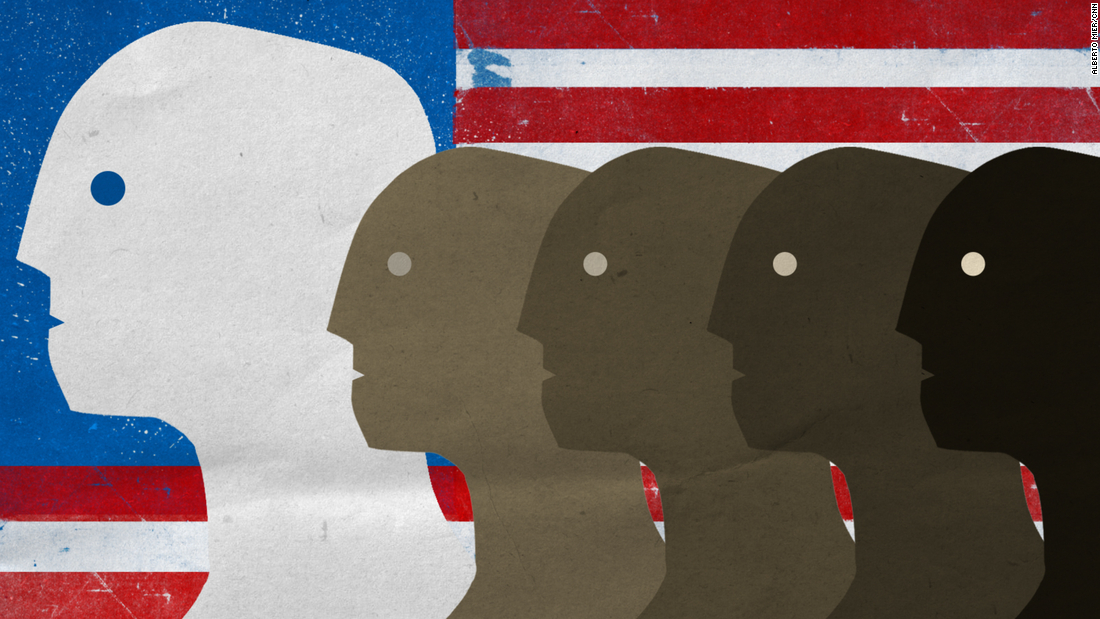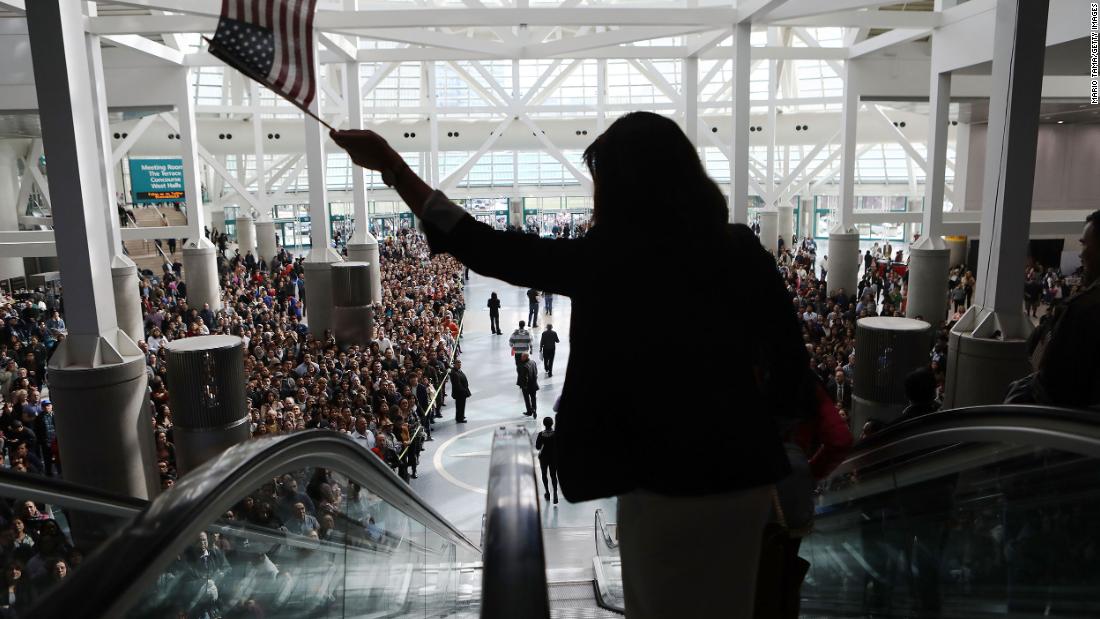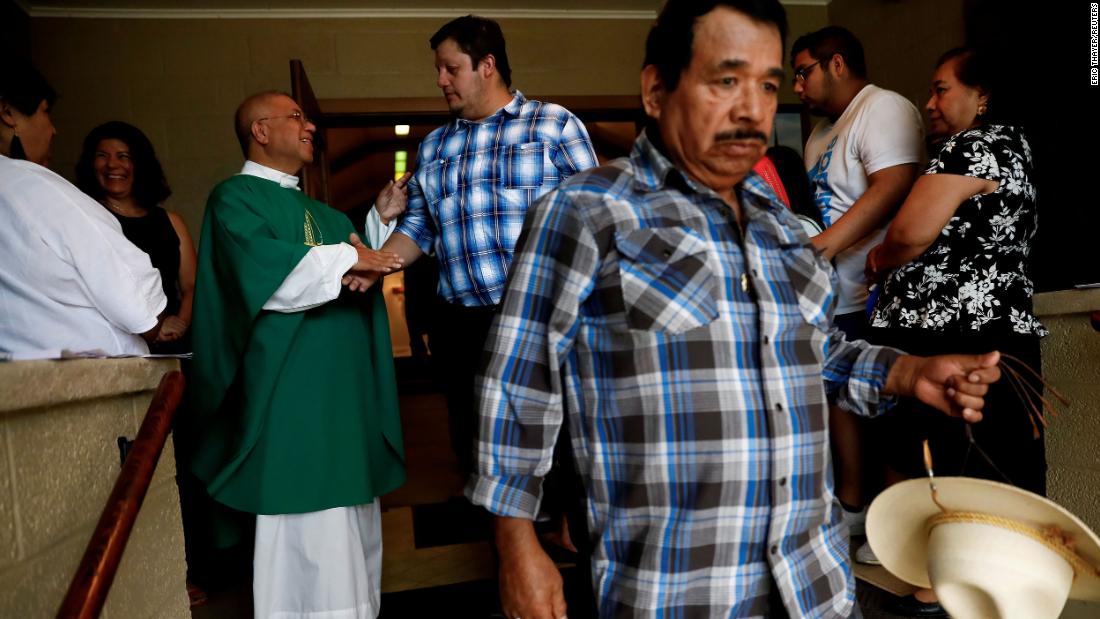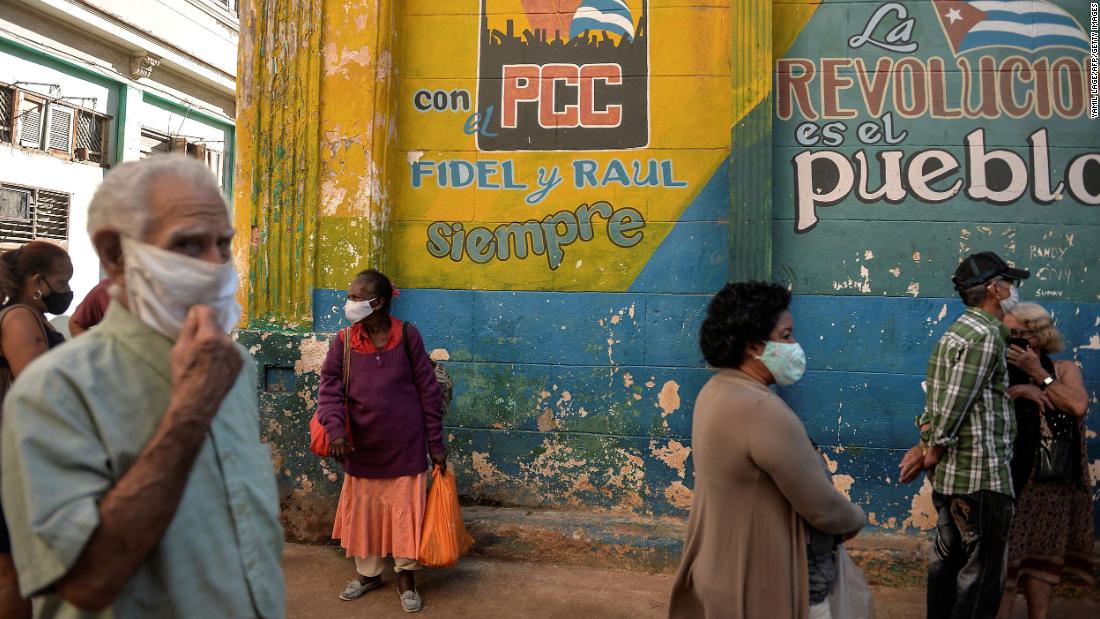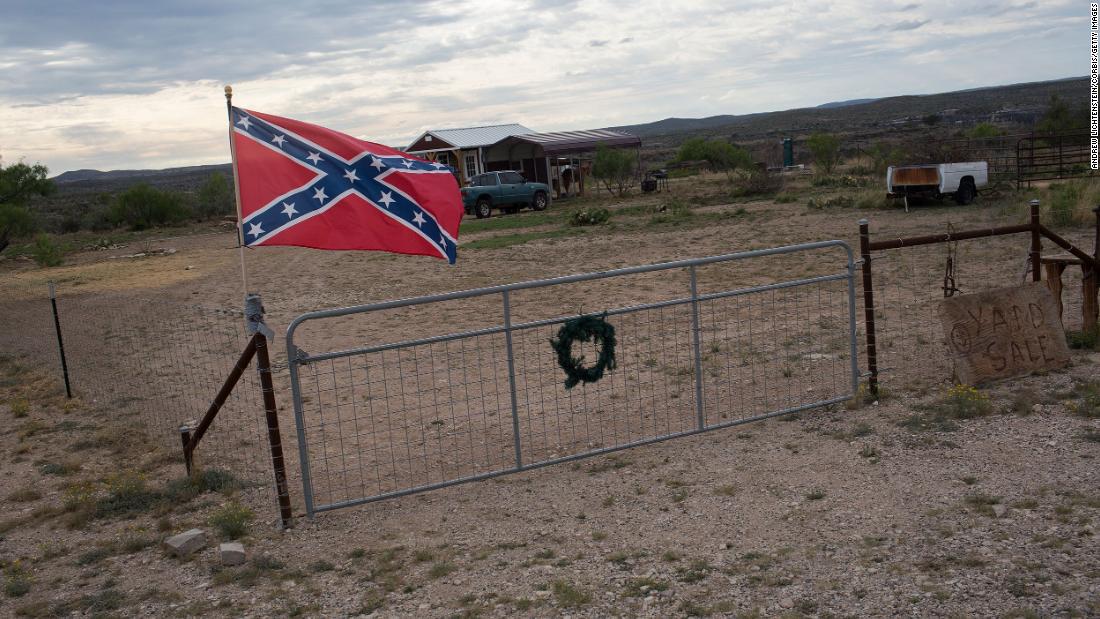White supremacy, with a tan
Analysis by
John Blake, CNN
Updated 8:07 AM ET, Sat September 4, 2021
(CNN)Cutting taxes for the rich helps the poor. There is no such thing as a Republican or a Democratic judge. Climate change is a hoax.
Some political myths refuse to die despite all evidence the contrary. Here's another:
When White people are no longer a majority, racism will fade and the US "
will never be a White country again."
This myth was reinforced recently when the US Census' 2020 report revealed that people who identify as White alone declined for the first time since the Census began in 1790. The majority of Americans under 18 are now people of color, and people who identity as multiracial increased by 276% over the last decade.
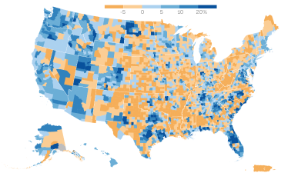
New census figures show America is more diverse and multiracial than ever
These Census figures seemed to validate a common assumption: The US is barreling toward becoming a rainbow nation around 2045, when White people are
projected to become a minority.
That year has been depicted as "a countdown to the White apocalypse," and "
dreadful" news for White supremacists."
Two commentators even predicted the US "White majority will soon disappear forever." It's now taken as a given that the "
Browning of America" will lead to the erosion of White supremacy.
I used to believe those predictions. Now I have a different conclusion:
Don't ever underestimate White supremacy's ability to adapt.
The assumption that more racial diversity equals more racial equality is a dangerous myth. Racial diversity can function as a cloaking device, concealing the most powerful forms of White supremacy while giving the appearance of racial progress.
Racism will likely be just as entrenched in a browner America as it is now. It will still be White supremacy, with a tan.
My personal stake in a multiracial America
I don't like raising such a pessimistic scenario, in part for personal reasons. I want to believe my country is on the verge of this Brown New World where there will be such a rich gumbo of skin hues, hair textures and racially ambiguous people that racism will lose its sting.
My family is a symbol of these demographic changes.
My mother is Irish; my father was Black. My wife is an immigrant from Central America with a biracial mother and a White "
Ladino" father who was Jewish and Castilian. My stepmother is Chilean, and half of my siblings are Afro-Latino.
Read more from John Blake:
I have one relative with blonde hair and blue eyes who moves through the world as a young White man, but he's really Afro-Latino. And I have another Black relative who went to court to argue that he was White (he lost). The 2020 Census could have used my family portrait for a poster.
There is a yearning embedded in my DNA that a demographic tide will overtake White supremacy -- the belief that White people are superior and they should maintain political, social and economic power over other races.
This yearning is not driven by some wish that people of color will someday rule over Whites. It's a hope for a more just America, a hope that we can somehow escape the tribalism that tore other countries apart.
That hope was captured by one of the savviest commentators on race in America, in a passage I can't seem to forget. After President Obama was re-elected in 2012, David Simon, creator of the HBO series "The Wire,"
wrote:
"America will soon belong to the men and women -- white and black and Latino and Asian, Christian and Jew and Muslim and atheist, gay and straight -- who can walk into a room and accept with real comfort the sensation that they are in a world of certain difference, that there are no real majorities, only pluralities and coalitions."
New US citizens gather at a naturalization ceremony on March 20, 2018, in Los Angeles. The ceremony welcomed more than 7,200 immigrants from over 100 countries who took the citizenship oath and pledged allegiance to the American flag.
Simon added that "this may be the last [presidential] election in which anyone but a fool tries to play -- on a national level, at least -- the cards of racial exclusion, of immigrant fear..."
We know what happened next: Donald Trump was elected president. White supremacists marched in Charlottesville. Rioters waved Confederate flags during the Jan. 6 insurrection at the US Capitol. The list goes on.
It turns out that the reports of White supremacy's demise were exaggerated.
Whiteness is elastic
White supremacy isn't just more resilient than many assume. It's also elastic.
Consider how Whiteness has been defined. It's a prime example of how White supremacy adapts.
The census suggests that White Americans will be a minority by 2045, but as several commentators have already
noted, that date can easily be postponed.
Whiteness isn't a fixed identity; it's like taffy -- it expands to accommodate new members, if they have the right look.
In books like "How The Irish Became White" and "Working Toward Whiteness," scholars have argued that the definition of Whiteness has expanded to include Irish, Italian and Jewish people -- groups that once weren't considered fully White in the US.
A group of Italian immigrants ready to be processed at Ellis Island in New York in 1905.
The US has broadened its definition of White people throughout history enough to maintain power over Black, Asian and Latino people, writes political scientist Justin Gest in
a recent essay, "What the 'Majority Minority' Shift Really Means for America."
"Through a historical lens, being white in America today is like belonging to a once-exclusive social club that had to loosen its membership criteria to stay afloat," Gest writes.
Why do so many racial groups gravitate toward Whiteness? The answer is both pragmatic and psychological.
It's due to a
racial hierarchy that places Whiter-looking people at the top and darker-skinned people at the bottom of the socio-economic ladder.
"Sometimes looking White puts money directly into your pockets," says Tanya K. Hernandez, author of the forthcoming book "Racial Innocence: Unmasking Latino Anti-Black Bias and The Struggle for Equality."
"You get access to jobs, opportunities and being viewed as competent. But there's also a psychological benefit, that feeling of having enhanced status, of being part of Whiteness."
A new US citizen waves an American flag while departing a naturalization ceremony on March 20, 2018, in Los Angeles.
This racial hierarchy is the foundation of White supremacy. Europeans created it around 500 years ago to justify slavery and colonialism. This hierarchy is where we get the modern conception of race -- how a person's inherent worth, intelligence or attractiveness can be determined by the pigmentation of their skin.
For those who fret about the "disappearing White majority," I say look at history:
The numbers and types of people who are defined as White may change, but the status and power that comes with being White has remained the same.
The future of Whiteness could rest with Latinos
It's a hard truth for me to accept, because I see that racial hierarchy at work within my family.
I have young male relatives who appear to the world as Black, and one who appears as White. They might as well live in different universes.
One is an artistic teenager with curly blonde hair, blue eyes and pale skin who is already more physically imposing than most men. I call him an "Undercover Brother."
A priest greets worshippers after leading a Spanish-spoken church service in West Liberty, Iowa, on August 25, 2019.
When a classmate tried unsuccessfully to get him suspended by accusing him of bullying her, I surprised myself by telling my wife: "Thank God he looks White."
If the same accusation had been made against a darker relative of mine, the outcome may have been different.
My relative is a proud Afro-Latino. His mother teaches him about his heritage. But I wonder when he becomes an adult -- and competes for jobs and deals with the police -- whether will he come to the same conclusion I did: "Thank God I look White."
Someday he may even mark "White" on his census forms. Other Latino Americans have already made that same choice. This is another way that Whiteness preserves its dominance.
I
n the 2010 Census, for example, researchers discovered that some 1.2 million Americans who had identified as "Hispanic, Latino or Spanish origin" a decade earlier had changed their race from "some other race" to "white."
"The data also call into question whether America is destined to become a so-called minority-majority nation, where whites represent a minority of the nation's population," said the The New York Times. "Those projections assume that Hispanics aren't white, but if Hispanics ultimately identify as white Americans, then whites will remain the majority for the foreseeable future."
That number, however, plunged in the 2020 census. It revealed a drastic drop in the number of Latinos or Hispanics who identify as White. That drop may be due to Black Lives Matter protests and former President Trump's well-documented hostility to non-White immigrants and his administration's unsuccessful attempt to reduce the count of Latinos by manipulating the 2020 Census.

An attendee wears Spanish-language buttons during a campaign event for Democratic Senate candidate Jon Ossoff in Lilburn, Georgia, on December 7, 2020.
The future of Whiteness in America may rest with Latino people.
It could go either way. A study suggests that Latino identity fades across successive generations as immigrant connections fade away. If large numbers of Latino people identify as White in the future, Whiteness will expand. The enhanced status and socio-economic benefits that come from identifying as White will be too tempting for many to ignore.
Racism in unexpected places
The link between Whiteness and status is already a reality in some Latin American countries.
In places like Brazil and Cuba, mixed-race people and interracial marriages are common. Latin Americans tend to think of themselves not in terms of race, but nationality.
Yet discrimination against darker-skinned and indigenous people is common there and many other Latin American countries. There's still a widespread beliefthat the Whiter a person looks, the better it is for them.
These countries offer proof that a country can have a large and expanding population of Black, brown and multiracial people -- and still be governed by the same racial hierarchy that gave us slavery and colonialism.
Consider Brazil. It is home to
more people of African heritage than any country outside Africa, and
roughly 40% of Brazilians identify as mixed race.


